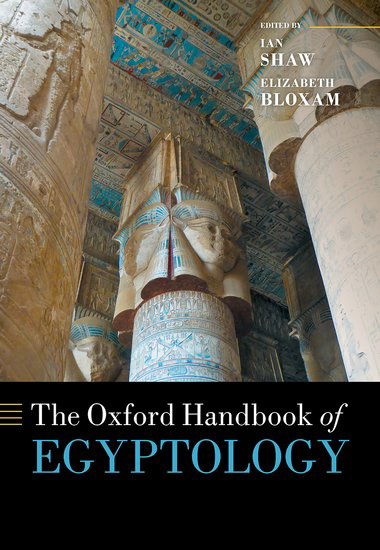Cultural Heritage Management in Egypt: community-based strategies, problems and possibilities

This article provides a broad, cross-cultural and comparative discussion about the ways in which ‘westernised’ approaches to Cultural Heritage Management (CHM) in Egypt have largely failed to live up to their expectations. The article reviews the processes of CHM funding and discusses the ways in which application procedures, and entrenched systems of allocating funds, marginalises those it is seeking to empower. Within this context it looks at the successes and failures of establishing community-based heritage strategies in Egypt and argues for a much more imaginative, ‘bottom-up’ approach that diminishes the role of ‘top-down’ bureaucracy and need for large amounts of international funding. Through two case studies in the Wadi Hammamat and Aswan, which focus on non-monumental landscapes, we demonstrate the ways in which pragmatic, low-key, locally based strategies of engagement can work through dialogues that can harness the multi-vocality of people’s connection with place. It also addresses the need for a change in focus towards steering protection and promotion of archaeological heritage, and ultimately its sustainability, towards the more local and regional Egyptian tourist market.
Bloxam, E. and Kelany, A. 2020. Cultural Heritage Management in Egypt: community-based strategies, problems and possibilities. In I. Shaw and E. Bloxam (eds) Oxford Handbook of Egyptology. Oxford: Oxford University Press, 232-251.
This chapter should shortly be accessed through OUP as an online version of the Handbook, or directly from the author for research purposes.